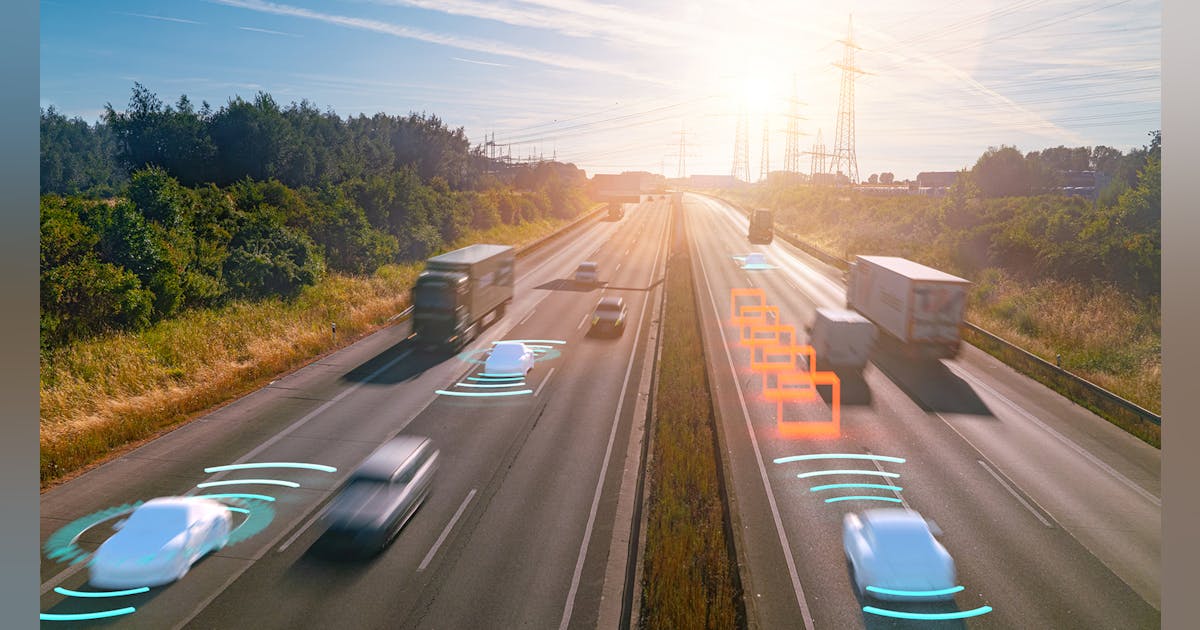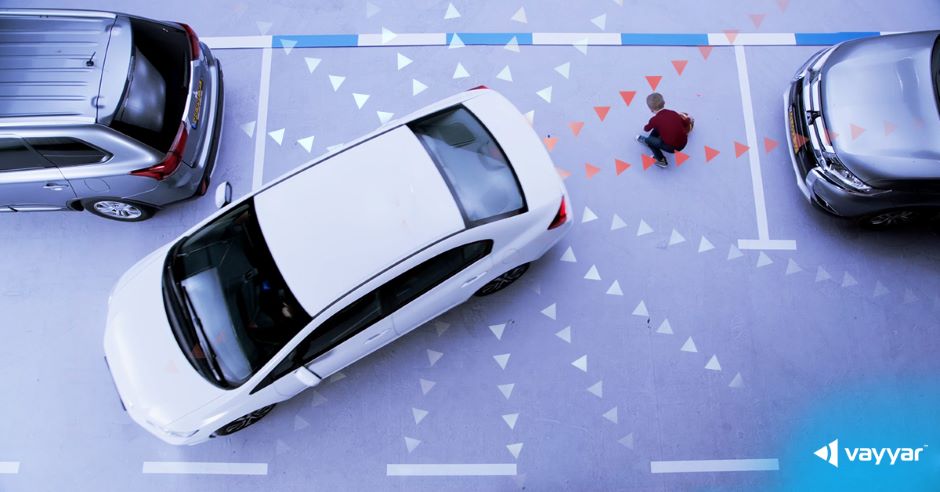Great questions:
A1: TL;DR - They've past it in my opinion. The tech isn't that hard and not that hard to create innovation (for a company like Tesla)
Long winded - Back in the day I was a proponent of 4 corner radars as I could perceive only so much as a human driver impaired by just my crappy vision capabilities. If I could have the benefit of radar at the corners of the vehicle I, as a human, would be a much better driver as I would have data that allowed me to see around corners (effectively) as well as through steel. Anyway, radars are expensive and take up valuable package space in the chassis. So, as a thought experiment let's think of what we'd do if any of the cons were zero. Let's say cost went to zero. You bet I'd put those in the car. Let's say size went to zero. Not so certain, but yeah, still really good. And finally, let's say coding went to zero and you could get the features for free. Amazing and a slam dunk. Back to the real world. If we brought this in-house, what would it take? A lot of engineers, but we have a lot of engineers, so why not? The main detractor is there a slew of patents in the way, so working with the industry leaders, like Bosch, who owns most of these 'blocking' patents was the way to go. And since they were expensive ($200 to $300 a pop) meant we had to be conservative and just use a forward long distance radar. This you can't live without as without it, getting to 10X or 100X safer than a human is much, much, so freaking much harder that it is worth the cost and pain.
A2: TL;DR - More advanced radars haven't yet come to fruition; in my opinion. However, I've been out of the thick of it for a few years. Maybe others have opinions?
The path to a more robust radar that can be put into a car that has more value than traditional simple automotive radar is a long and horribly pitted road. Challenges from A1 above to name a few, but to get more data that is better, cheaper and overall more reliable in all automotive conditions is just not a high enough priority over solving vision.





